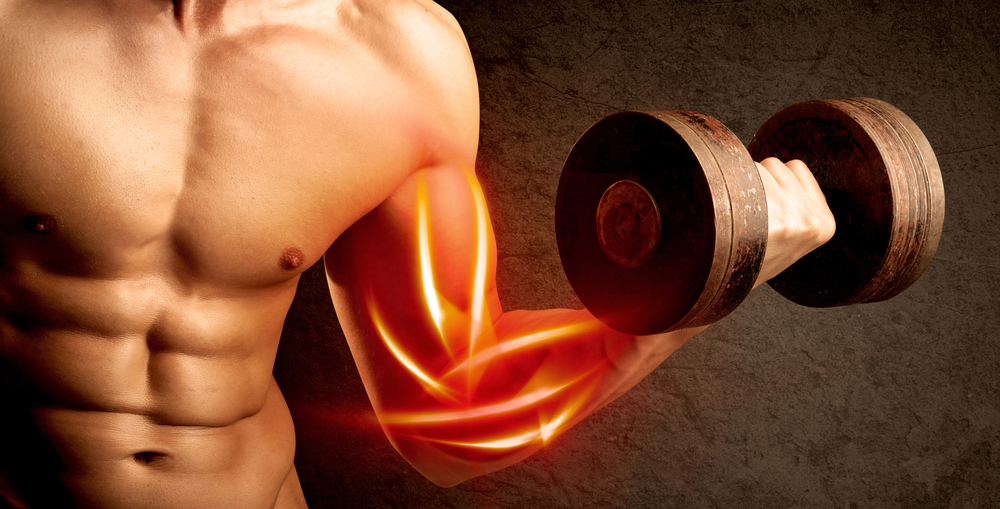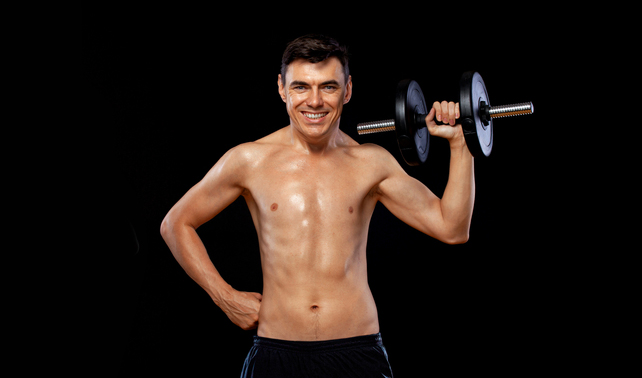Muscular stagnation is an inevitable period for any bodybuilding practitioner. However, in this sport only the result counts. To progress is an obligation whatever the objective to be reached.
To do this, a good organisation of the sessions will be necessary. Fortunately, the body adapts quickly, but new stimuli will be essential to progress. Here are different ways of doing this:
The beginner often makes a mistake without taking into account. He chooses loads by trial and error and immediately starts to repeat the exercise. For an optimal development, a practitioner has to work the muscles in an astute way.
Let us take for example in each trick the bench press, an exercise very appreciated for the development of the chest. It is carried out with the back lengthened on a bench and the hands posed on a bar slightly apart compared to the width of the shoulders. This exercise consists of exploding the pectoral muscles and evaluating the muscular strength of the upper limbs by slowly bringing the bar down until it touches the chest and then pushing it back up to stretch the arms. And so on.
MUSCULATION PROGRESS TECHNIQUES
The simple progression technique
Setting a goal is essential in the field of bodybuilding. But in order to make real progress, it is essential to develop a programme worthy of the name. Let's take the 4x12x60 bench press as an example. This means that the body will perform 4 sets of 12 repetitions with a load of 60kg.
The simpleprogression technique consists of increasing the load lifted by the body at each session. In practice, after a good warm-up you should perform the 4x12x60 without difficulty. Once validated, you will try to increase the load slightly at the next session, for example 4x12x62.
Of course your objectives are supposed to be achievable and realistic otherwise your motivation will drop. It is imperative to perform each movement correctly and to respect the breaks.
This technique is the first alternative. But in the big picture it is a bit fast and the body risks to get exhausted. It would be better to opt for a technique that is fairly progressive and offers more space for recovery.
Double step technique
A classic two-step method, the double progression is based on varying the number of repetitions and the load.
The first step is to choose a goal. You will block out a range of repetitions to be performed for a given load while of course always remaining realistic. We will therefore opt for a series of 4x(8-12) repetitions for 70kg for the bench press.
Then, start your programme by first setting yourself 4 sets of 8 repetitions with 70kg. Once you have reached your goal, you will move on to 4 sets of 9 reps with 70kg. The goal is to get through all 4 sets without any problems but with an increased number of reps. When you have passed the 4 sets of 12 repetitions, increase the load for the next session, but go back to sets of 8.
This technique develops muscular endurance. It helps the practitioner to gain more strength in the long term.
Variant sets
The previous technique aimed to lift more weight as the repetitions increased. The set variation retains the same process but plays on the number of sets to be performed.
Still with the 4x12x70kg bench press goal, you open the session with a 2x12x70kg set. Following the same procedure, you increase by one set for each validated exercise. Once you have completed 4 sets, you increase the load using the same process.
This approach will probably influence the duration of the sessions. It also gains in brutality.
Variant rest times
Still using the same formula but this time instead of increasing, we reduce the recovery times between sets.
Start with 2minutes then reduce to 1minute 30 and finish with 1minute. When it becomes easy, you increase the weight and resume the exercise with 2 minutes.
Forget the no pain no gain concept!
HOW TO INCREASE LOADS
Increasing loads is not always so obvious because the movements still need to be performed correctly. It is therefore better not to increase the load until the body has adapted, otherwise you risk slowing down the progress and injuring yourself.
Otherwise, avoid being too abrupt. Add just 1 to 2 kilos for each arm. 2 and 4 kilos will not be too much for exercises that use both arms simultaneously.
For squats, add 5 to 10 kilos per step.
WHAT TO DO IF YOU STAGNATE?
Bodybuilders may well have toconfront stagnation. This phenomenon is due to multiple causes. Muscle stagnation can extend over a long period of time or just be transient. Three techniques have been developed to get out of stagnation:
1- Put on less weight and then come up
Muscular failure is bound to be an embarrassing situation for practitioners. Forcing is not commonly the best option as there are those who decide to go back and gradually work their way up. Use in the Hardgainer method and Lafay's method as these techniques consist of decreasing the workload and then coming back up slowly.
Considered a light phase, these techniques are recommended a priori.
2- Putting on more weight
You are following the right methodologies but without results. Bruising the muscles by increasing the load in one or more sessions is also a good remedy to get unstuck.
3- Use intensification techniques
Intensifying sessions is not obvious for all practitioners because these techniques solicit several muscles and torture the nervous system. They play on the repetitions and work the supersets as well as the pre-fatigue. With a possibility of leading to overtraining, only the most advanced practice them but in a short duration.
See alsohow to stimulate a weak point.
WHICH FORMATS TO USE?
Surprising the muscles is the guarantee of good progress while knowing that they adapt easily to the workload. The different techniques developed above will help you to intensify your workouts.
There are various choices in terms of work format depending on the desired objective:
Maximum strength: 8×3, 10×3, 12×3, 7×4, 8×4, 9×4
Hypertrophy: 6×6, 4×12, 5×1
Endurance: 4×3, 6×2
WHEN, HOW AND WHY TO CHANGE PROGRAMS
In general, the best progress always emanates from good programmes. A change is therefore not necessary as long as the good results are there.
If not, the ineffectiveness of the programme will become apparent within a few weeks. If this is not the case, the ineffectiveness of the programme will become apparent within a few weeks, which will obviously lead practitioners to opt for a new schedule. That said, changing the programme every month is also a sign of unbalance. Indeed, a review of the diet and recovery time would not hurt.
Two new programmes can be added to the modification methods developed above: the full-body programme and the split programme. In particular, these are two schedules which are each carried out 3 times a week with the advantage of working all the muscles of the body. A small difference lies in the recovery time.








